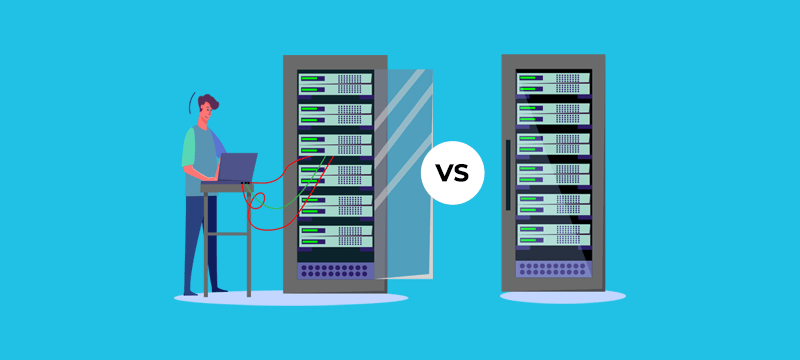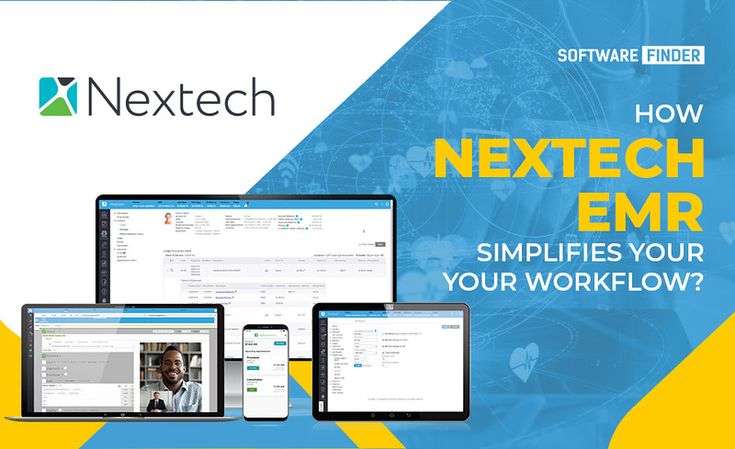…,.KEWe have been into gaming for some time, and even if it isn’t something that we actively pursue on a daily basis it is something that we frequently do. There are some of us who even game all day and night in hopes of getting something big. However, it is also an incredible waste of time and money and without a doubt, it is a big problem. However, the problem was solve too with P2E games, the catch? Well, you had to be lucky. Then can NFT gaming and then things completely changed because it just took out the luck factor from the gaming aspect completely.
With the prevalence of NFT gaming platforms and NFT gaming marketplaces, it is no doubt that these NFTs have developed several trends of their own. There are so many to choose from but listed below are a couple of the trends that everyone should watch out for so give it a read.
Now there are several new gaming trends
- Digital or virtual land in the metaverse(includes gaming)
In the metaverse real estate market, Sandbox, and Upland have positioned themselves as the top players. Both allow users to construct buildings on top of a virtual world and to purchase, use, and develop the land. A lot of tasks may be fo in the pixelated world of Sandbox to keep users entertained.
In the metaverse called Upland, which is based on the actual world, users can own a piece of the street, neighbourhood, or city they adore. It appears that more immersive experiences will be created by virtual owners both within and on top of their own patch of the metaverse.
- Blockchain-based games
The two current hot subjects in the gaming sector are blockchain technology and NFTs. Moreover, Blockchain technology holds the key to the future of NFT games. NFT gaming on the blockchain provides players control over the assets on the site to increase views. The emergence of Blockchain games is a result of the player-given power and expanding features of these games. The underlying Blockchain technology would be implement into the next NFT games.
Trading in-game items from players’ favourite games is possible in the upcoming NFT game. They can trade in-game goods on a different market, which gives them the opportunity to profit from it.
- Credible investments are a necessity
The NFT and decentralised finance sectors are starting to work together in a variety of intriguing ways. You can use Defi apps to borrow money with the usage of security. This guarantees that the lender will be pay; if the borrower is unable to repay the DAI, the lender will receive the collateral back. However, not everyone has enough cryptocurrency on hand to play every game. The ability to issue shares for their NFT is available to developers. By doing this, investors and supporters can own a portion of an NFT without having to buy the full thing.
Both hunters and collectors now have more options thanks to this. DEXs can trade fractionalized NFTs in addition to the NFT market. This suggests that both buyers and sellers will increase.
- A million different fragments
Fragmentation is the process of disassembling an NFT into smaller components (ERC-20 tokens) so that consumers can buy inexpensive portions of an expensive NFT. NFT fragmentation can best be understand by comparing it to stock in a corporation. You acquire a little stake in the company when you purchase a share.
Similar to this, an NFT can be divide into millions of little bits, or “shards,” and users can purchase their share of the NFT for less money by doing this. The odd thing about this is that token shards that are suppose to be non-fungible are actually fungible, which means they may be exchange or replaced with an identical object.
- Split the difference literally or maybe the profits too.
Projects that seek to create interest in non-fungible tokens (NFTs) in order to create profit-sharing models and take advantage of the increase in price and valuation of NFTs are one of the quickly rising trends at the moment.
These initiatives attempt to give profitable prospects for investors and gamers by offering a platform where investors or people who are not interested in playing games can invest and provide NFTs for players who would otherwise be unable to afford them. By doing so, gamers can receive compensation for the time and effort they put into the games, and investors can share in the profits.
- When decentralisation becomes the norm
The combination of blockchain technology and NFT results in a decentralised gaming environment that ultimately gives players power over the game. It suggests that players will be able to modify the game’s features and would have more control over them. With decentralisation, the ecosystem becomes more adaptable and safe.
As a result, game developers will invest more money in creating decentralised games that enable players to carry out various tasks, earn money, and securely trade Blockchain game NFT.
- Evolution of in-game marketplaces
NFT-based games are notable because they provide an alternative to the present gaming marketplace system, which sees about $50 billion spent on NFT marketplaces annually.
If these in-game things are ma into NFTs, they will be valuable on the secondary market and may be transferable to other games. Aside from being a great addition to regular gaming, in-game assets might be seen by players as investments with the potential for future earnings due to their rarity, transferability, and proof of ownership.
Conclusion
With all that being said, these are but a few of the NFT trends that have started picking up and would definitely evolve and become a greater deal. Apart from that, there are several other trends that are becoming increasingly popular . Are closely associate with the blockchain and the metaverse. In fact, in the last few years the existence of the metaverse has started to booms


